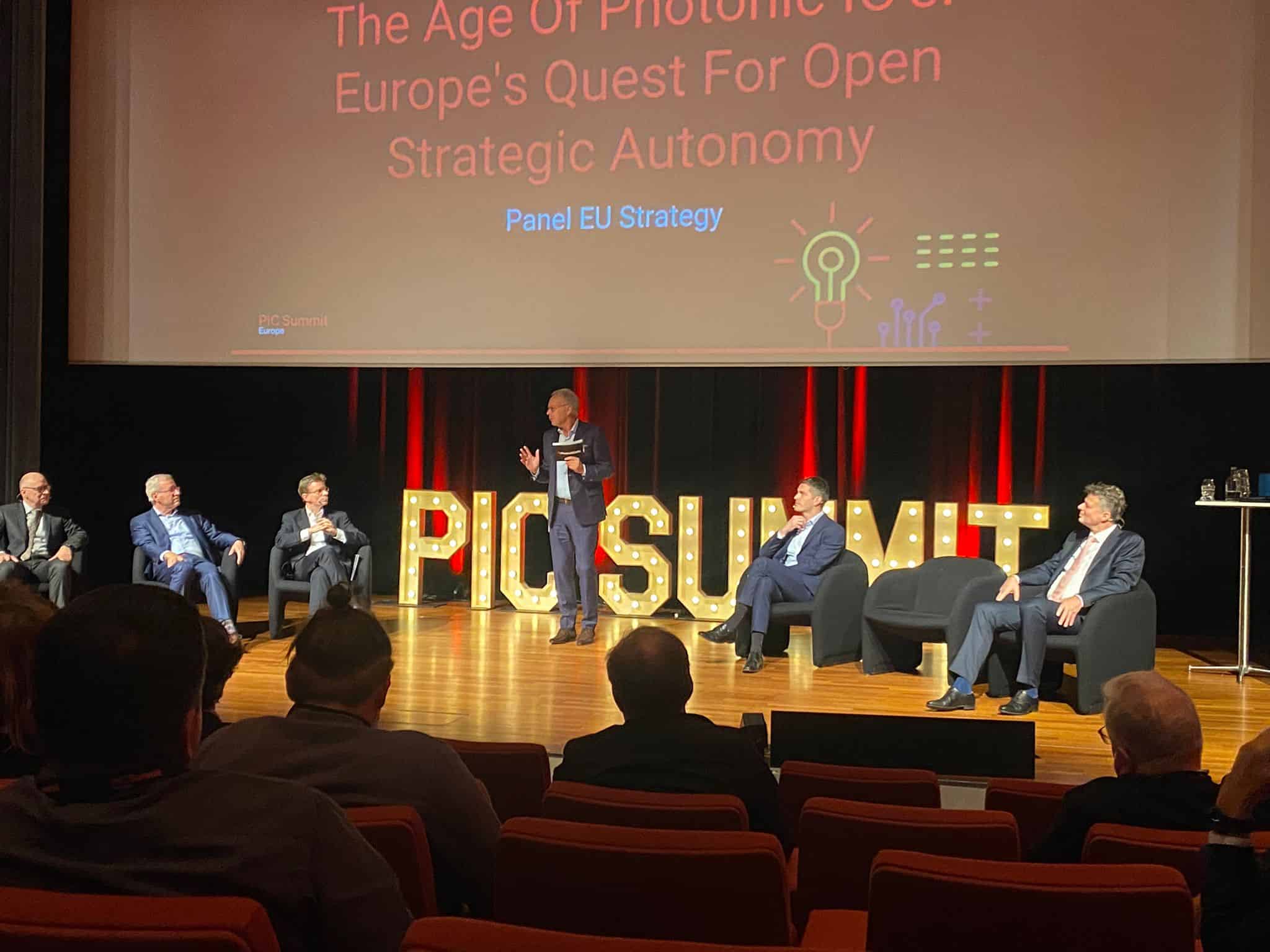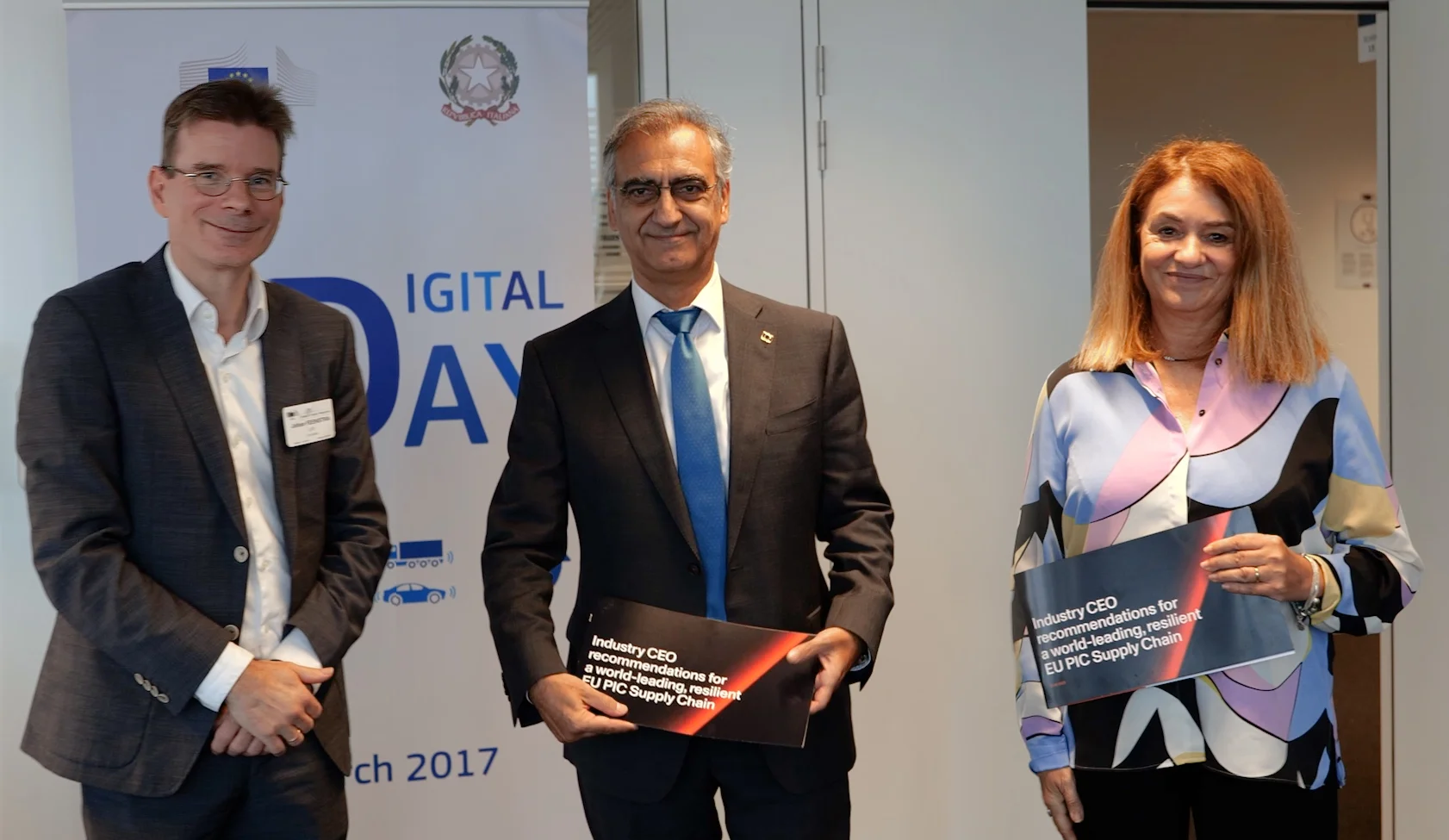
More than 400 technology, academic, and industrial organizations from around the world have contributed to a new integrated photonics roadmap led by PhotonDelta and the Microphotonics Center at the Massachusetts Institute of Technology (MIT). Airbus, Meta, NASA, Dupont Electronics, General Motors, The European Space Agency, and VodafoneZiggo are among the 400 organizations benefiting from this initiative.
Why is this important?
The integration of photonics and electronics has the potential to expand functionality and create a large number of new applications and is helping to unlock major advancements in many areas, including autonomous vehicles, data telecom, and healthcare. It is the key enabler for creating smaller, faster, and more energy-efficient devices.
The Integrated Photonics System Roadmap – International (IPSR-I) identifies key technology gaps that, if solved, enable integrated photonics to revolutionize industries, including RF photonics (wireless communication), 3D imaging, datacom, and sensing. The IPSR-I is a platform for a unified, global, trust-based network of industrial and R&D partners to drive innovation and the adoption of photonics.
Smaller, faster, and more energy-efficient
IPSR-I’s goal is underpinned by a call to establish and sustain a trust-based global network of industrial and R&D partners, who work together to create Photonic Integrated Circuits (PICs) technology and systems requirements. By aligning the entire supply chain from research to end users, the integrated photonics industry will be able to drive volume manufacturing of PICs.
Integrating photonics with electronics is the key enabler for creating smaller, faster, and more energy-efficient devices. The integration has the potential to expand functionality and create a large number of new applications and is helping to unlock major advancements in many areas, including autonomous vehicles, data telecom, and healthcare. Integrated photonics also generates, processes, and detects light for sensing and communication applications.
IPSR-I describes the consensus from more than 400 experts from over 100 workshops and 13 conferences. It includes a comprehensive overview of significant technology gaps for volume manufacturing of PICs and a detailed analysis of the integrated photonics industry’s challenges to achieve its potential. The roadmap, produced over the past three years, also includes insights into wireless communication and 3D imaging.

Global approach
“Getting all the research and development resources of the integrated photonics industry and academia behind solving the technological gaps identified by the IPSR-I will contribute to solving the large societal challenges spectacularly,” said Peter van Arkel, CTO of PhotonDelta. “At the heart of the roadmap is a global approach for the integrated photonics industry to rally behind to meet core challenges. Reaching a consensus on these technological gaps has been challenging with such a diverse group of contributors. Looking at the results, it has been worth it.”
Lionel Kimerling, Thomas Lord Professor of Materials Science and Engineering at MIT, added that the electronic-photonic integration can radically transform a whole host of industries and unlock a range of new technologies that will change our lives. “Transitioning this vision to high volume manufacturing requires a well thought out plan built on the knowledge of a huge range of experts across different fields, organizations, and nations. IPSR-I has achieved this – it outlines a clear way forward and specifies an innovative learning curve for scaling performance and applications for the next 15 years.”






